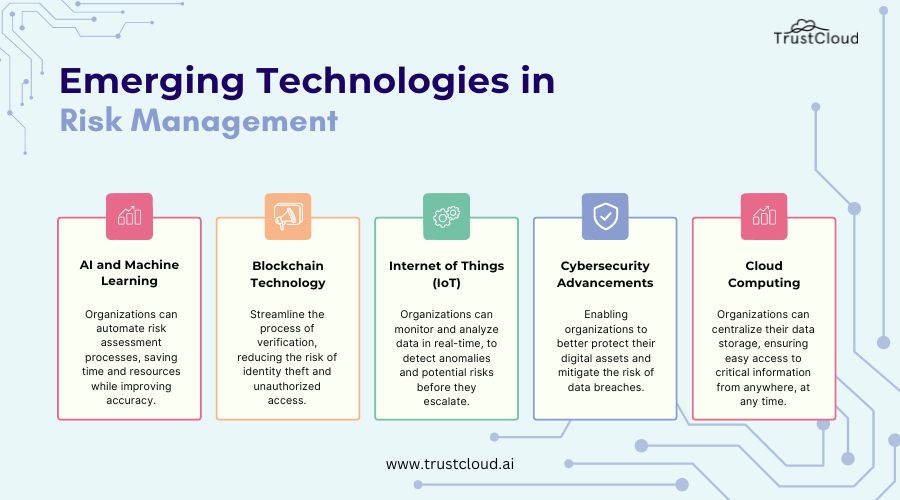RAND Study Outlines Framework to Assess Biotech Risks
A newly released RAND study presents a transparent framework for assessing the risks posed by emerging biotechnology and AI to global biosecurity, highlighting the need for proactive policy measures.

A RAND Corporation study published in August 2025 has introduced a new framework for evaluating the risks associated with rapidly advancing biotechnology and artificial intelligence, particularly as these technologies lower barriers to the development and misuse of biological agents. The report, authored by Barbara Del Castello and Henry H. Willis, was released amid growing concerns that the convergence of biotech and AI could amplify threats to global security, especially from nonstate actors.
The framework, detailed in the RAND report, employs a transparent and repeatable method that integrates expert elicitation with structured analysis. It builds on previous work by the National Academies of Sciences, Engineering, and Medicine, introducing a "technology availability score" to measure the maturity and accessibility of disruptive technologies. This score considers factors such as scientific advancement, regulatory barriers, funding, and public accessibility, providing a nuanced view of how close various technologies are to widespread use.
Key Findings and Risk Scenarios
The RAND team modeled three adversary scenarios: genetic modification of existing pathogens, resurrection of previously extinct or hard-to-acquire pathogens, and creation of entirely novel pathogens. Their analysis found that technologies like CRISPR-Cas9, next-generation sequencing, and foundational AI models are likely to reach maturity within the next decade, significantly lowering the barriers for hostile actors. However, not all technologies are advancing at the same pace; tools such as cloud labs and benchtop DNA synthesizers are not expected to fully mature in the same timeframe, indicating uneven risk across the technological landscape.
Importantly, the study emphasizes that no single technology uniquely drives risk. Instead, it is the convergence and combination of multiple tools, coupled with increasing accessibility, that will shape future biosecurity concerns. The authors also note that their pilot application drew on a limited set of expert perspectives, underscoring the need for broader input from policy and industry experts to refine the framework and ensure comprehensive risk assessments.
Implications for Policy and Regulation
The RAND framework offers a structured approach for analysts and policymakers to anticipate how emerging technologies might alter adversary capabilities. This foresight is critical for designing proportionate and proactive security measures, without unnecessarily restricting beneficial scientific research. The report's emphasis on repeatability and transparency addresses a common shortcoming in dual-use risk assessments, making it easier for governments, security analysts, and international organizations to compare findings, track changes over time, and prioritize technologies for oversight or investment in safeguards.
The release of the RAND study coincides with increased attention to regulatory science in the biomedical engineering community, as highlighted by recent events such as the BMES 2025 Annual Meeting. Discussions at the meeting have focused on the balance between minimizing public health risks and fostering innovation, echoing the RAND report's call for proactive and balanced regulatory approaches.
Broader Context and Next Steps
As biotechnology and AI continue to evolve, the need for robust frameworks to assess and manage associated risks becomes increasingly urgent. The RAND study provides a foundation for ongoing dialogue among scientists, policymakers, and industry leaders, aiming to ensure that the benefits of technological advancement are realized while minimizing potential threats to global security. The authors advocate for expanding the diversity of expert input and for international collaboration to refine risk assessment methods and inform future biosecurity policy.